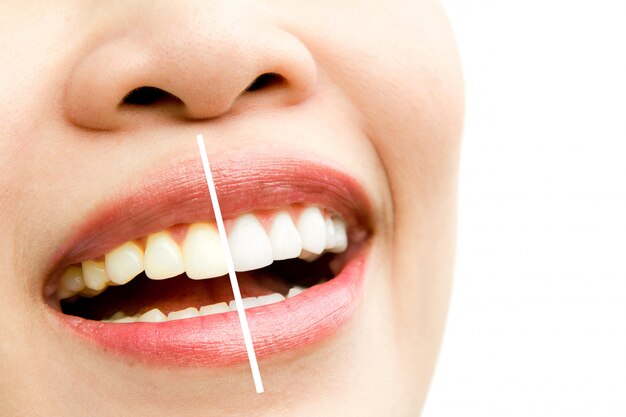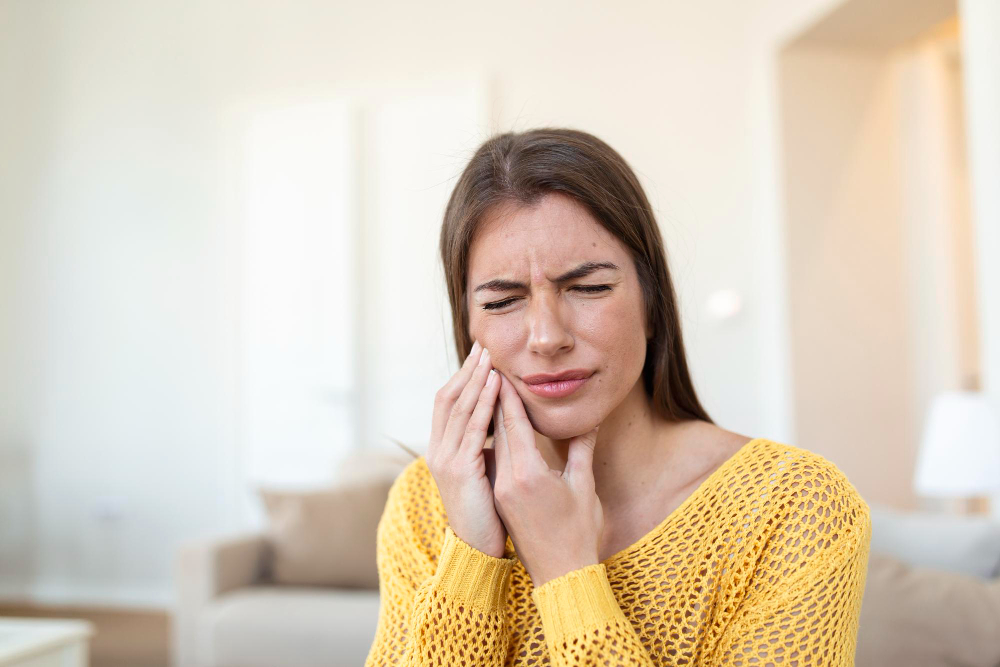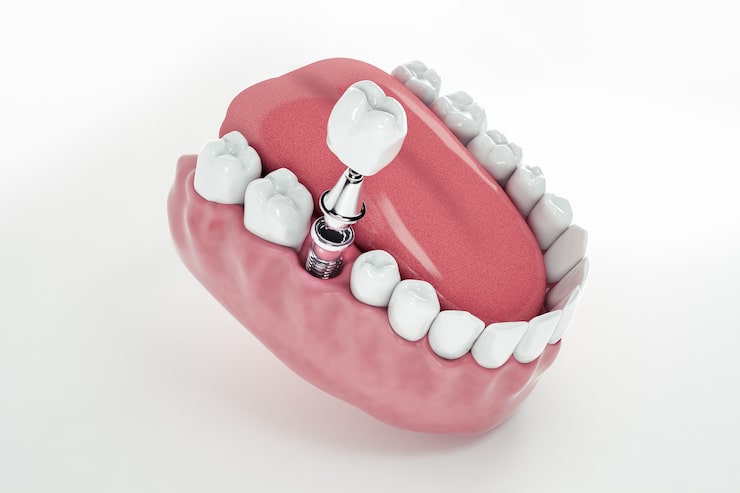Nicotine stains on teeth not only affect your smile but also your oral health. People who smoke or chew tobacco often notice yellow or brown stains that regular brushing can’t remove. These stains deepen over time, dulling your teeth and necessitating professional help. In this guide, we’ll explore expert dental treatments and at-home solutions to reduce and remove smoking stains on teeth.
What Causes Nicotine Stains on Teeth?
Nicotine and tar from tobacco stick to the outer protective layer of tooth enamel. Over time, these compounds seep into the surface, causing tough stains. Smoking also reduces saliva production, which usually helps keep the mouth clean. As a result, tobacco users often develop long-term discoloration and an increased risk of gum disease.
Cigarettes, cigars, chewing tobacco, and even vaping can cause nicotine stains on teeth. When nicotine mixes with oxygen, it turns yellow or brown, leaving visible marks. The more you use tobacco, the deeper the stains go.
How to Remove Nicotine Stains on Teeth
From dental office procedures to home remedies, here are the most effective ways to treat nicotine stains:
Professional Dental Treatments
1. Professional Teeth Whitening: Dentists apply potent bleaching agents deep into the enamel to break up nicotine stains. This treatment offers fast and long-lasting results. Professional teeth whitening often involves high-concentration peroxide gels and active lights to speed up the process. You can see a difference in one session, but heavy smokers may need multiple treatments.
2. Dental Cleaning: A Dentist in Le Sueur, MN, scrapes away surface stains and hardened plaque. Ultrasonic scaling and polishing help remove smoking stains on teeth. A deep cleaning can also improve gum health, reducing inflammation and the risk of periodontal disease caused by tobacco use.

3. Veneers or Bonding: When whitening is not effective, veneers or composite bonding can be used to cover stains and restore a uniform tooth color. Veneers are thin shells that attach to the front of the teeth, creating a bright, white smile. Similarly, bonding uses a tooth-colored resin to mask discoloration and improve appearance. These options work well for heavy smokers whose enamel is too damaged for whitening treatments.

At-Home Remedies to Reduce Smoking Stains on Teeth
Combining these habits with your professional cleaning routine, you may reduce the appearance of smoking stains on your teeth:
- Whitening Toothpaste & Mouthwash: Toothpaste with hydrogen peroxide or baking soda slowly lifts surface stains. Whitening mouthwash helps prevent further discoloration. Many whitening toothpastes contain abrasive particles that scrub away stains, but they must be used consistently for the best results.
- Baking Soda & Hydrogen Peroxide Paste: This mix forms a mild abrasive that scrubs away stains. Use sparingly to avoid damaging enamel. Brushing with this mixture two or three times a week can help lighten stains, but overuse may wear down the protective layer of teeth.
- Oil Pulling: When done regularly, swishing coconut or sesame oil can reduce plaque and staining. It’s a natural way to support oral hygiene.
- Activated Charcoal: Charcoal absorbs stain-causing compounds and polishes teeth. Frequent use may wear down enamel. Many people find activated charcoal toothpaste effective, but it should be used with caution to prevent enamel erosion.
- Regular Brushing and Flossing: Brush your teeth twice daily and floss to remove plaque and debris. Electric toothbrushes improve stain removal. A toothbrush with firm bristles may be more effective at scrubbing away surface stains, but brushing too hard can cause gum recession.
- Over-the-Counter Whitening Kits: Whitening strips and trays provide an affordable alternative to professional whitening. Many contain peroxide, similar to in-office treatments but at lower concentrations. Results vary depending on the level of staining and the frequency of use.
Preventing Nicotine Stains on Teeth
Stopping new stains keeps teeth brighter. Try these steps:
- Quit Smoking or Reduce Tobacco Use: Stopping tobacco use prevents further discoloration. Nicotine patches, gum, and other cessation aids can help reduce cravings and support the transition to a smoke-free life.
- Rinse After Smoking: Water or mouthwash helps wash away staining particles. Using an antiseptic mouthwash can also reduce bacteria buildup and freshen your breath.
- Stay Hydrated: Drinking water helps boost saliva flow, keeping your teeth cleaner. A dry mouth allows stains and bacteria to stick to teeth more quickly.
- Eat Stain-Fighting Foods: Crunchy fruits and vegetables naturally scrub your teeth. Apples, carrots, and celery act as natural toothbrushes, removing debris from the tooth surface.
- Use a Straw for Tobacco Products: If quitting smoking is not an immediate option, using a straw for tobacco-infused beverages, like chewing tobacco-infused drinks, can minimize direct contact with teeth.
- Chew Sugar-Free Gum: Gum stimulates saliva production, which helps wash away nicotine particles and plaque.
- Schedule Regular Dental Checkups: Regularly visiting your dentist helps remove stains and protects your oral health. Regular cleanings help prevent deep-set stains and catch other oral health issues early.
Conclusion
Nicotine stains on teeth are common but treatable. With the right combination of professional treatments and daily habits, you can restore your smile’s natural brightness. Whether you are dealing with early discoloration or deeper stains, options are available to help you look and feel your best.
Tired of Seeing those Stubborn Nicotine Stains in the Mirror?
Let the experts at Le Sueur Family Dental guide you. Schedule a cleaning or whitening session with our dentist in Le Sueur, MN, and smile confidently again.




